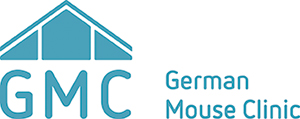Technologies
Technologies of the allergy screen
We routinely investigate the impact of genetic modification in a murine ovalbumin model of allergic asthma to define the effect on the onset of the allergic phenotypic characteristics like e.g., eosinohils in the bronchoalveolar lavage fluid, Th2 cytokine and allergen-specific IgE production. Following allergic sensitization with the allergen, mice are exposed to allergen aerosol challenge followed by high-throughput measurement of multiple humoral and cellular parameters typically seen in association with the allergic response in the lung.
The Allergy screen in closely collaborating with the Immunology screen. Both are equipped whit up-to-date bench top equipment in order to get the maximal performance for the analysis of a large scale of trials using small volume of samples.
Luminex Technology
Ideal for allergy-testing applications, because multi-analyte profiling can be performed more rapidly and economically than with conventional methods, using a smaller amount of sample. Bead array technology allows for an ex vivo allergy profile that measures IgG1, IgG2a, IgG2b, IgG3, IgA, and IgM antibodies simultaneously.
Flow Cytometry

BD LSRII and Beckman Coulter Gallios flow cytometers provide efficient acquisition of superior quality data from up to 10 colors with advanced optical design for enhanced sensitivity of multicolor assays for high resolution and fast, accurate processing, for high throughput and research needs.
ELISA
Most allergen-specific antibodies in plasma samples are quantified by the use of the classical ELISA technique, such as OVA-specific IgE, IgG1 and IgG2a, which are routinely performed in our lab as standard read out of the immune response following sensitization and allergen challenge.



